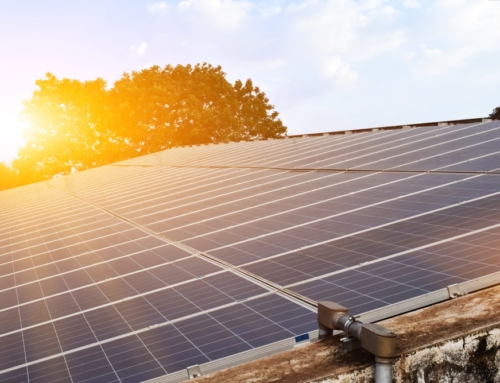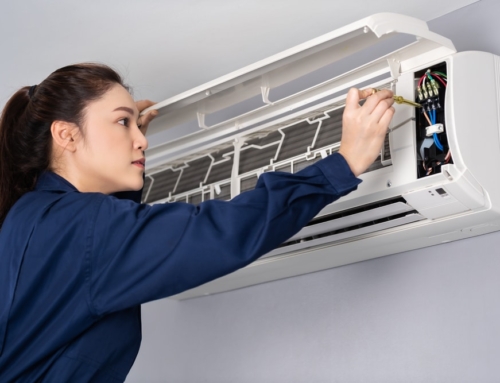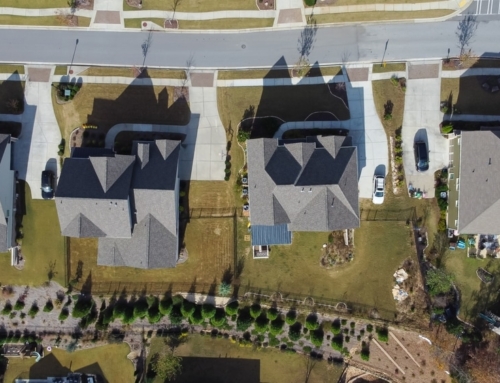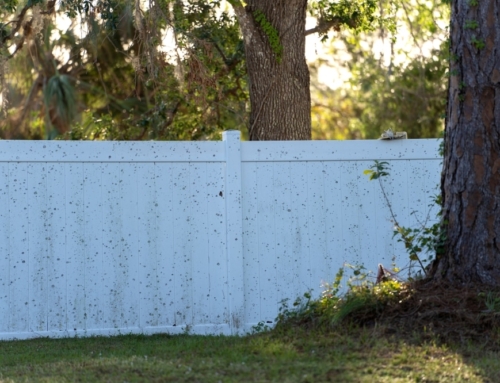When the farmhouse in which I live was built in the 1880s, it had everything you’d want in a home – except running water.
That wasn’t at all unusual for homes built even into the very early 1900s, according to “Housing at the Millennium,” a new booklet published by the National Association of Home Builders.
In fact, the typical house of 1900 was built with 700 to 1,200 square feet, contained two or three bedrooms, one or no bathrooms, and was typically two stories tall. There were three rooms per floor: Kitchen, living room and dining room on the first floor, and three bedrooms on the second floor.
When plumbing was added, a room on the second floor was typically divided to make way for the one bathroom. In my house, the stairs to the second floor, which were at the back of the kitchen, were squeezed into the front hallway.
The space formerly occupied by the second floor stair landing was turned into the bathroom. On the first floor, the kitchen was moved over to the new end of the house, where the stairs were formerly, and a half bath was carved out of the extra space off the front hall.
And that configuration worked well for nearly 120 years.
But homes built around the 1950s looked a little different. In terms of square footage, they were about the same size, but all of the square footage was on the first floor.
The first floor contained two bedrooms and a single bathroom, as well as a living room, closets and kitchen. There was no formal dining room, but the kitchen often had enough space for a tiny table.
The second floor was often left as a single, huge, unfurnished space, for storage, or expansion. With 1,000 square feet on the first floor, building out the second floor had the potential to add another 1,000 square feet of space to the house.
Today’s average homes are much more spacious than any built in the previous 100 years, according to the National Association of Home Builders. Homes built in 2000, typically have three or more bedrooms, two and a half baths, an attached garage for two or more cars, central air conditioning, walk-in closets, first or second-floor laundry room or space for a washer and dryer, and a fireplace. They have decks or patios off the back, and often have a front porch, in an effort to make the home seem more welcoming off the street.
The number of occupied homes has grown dramatically over the past 100 years. In 1900, there were approximately 16 million occupied housing units. By 1950, that number had grown to 43 million units. This year, the number of occupied housing units is expected to reach 107 million.
The price of homes has grown exponentially. In 1900, you’d have paid less than $5,000 for your single family house. In 1950, that price had grown to about $11,000. This year, you can expect to pay approximately $200,000 or more for a newly-built home, depending where you live.
Although home development has evolved slowly through most of the past 100 years, home construction is changing rapidly, as technology, the consumer’s sophisticated taste, and new products create different demands.
According to the report, new homes in the future will have amenities and features making them safer and more comfortable, with a higher energy efficiency. But they’re expected to look similar to the homes of today, or yesterday.
By 2010, you can expect to see homes with 2,200 square feet or more, three or four bedrooms, plus flex space for a home office, two and a half or three full bathrooms, garage for two or three cars, and a smaller lot.
In terms of design, more master bedrooms will be designed on the first floor, to accommodate the aging baby boomers. Homes will have high speed data access, modular wiring systems, and more sophisticated heating and cooling systems. More homes will have security systems, multiple telephone lines, and energy management and lighting control systems.
The NAHB expects homes will have more factory-built components which will reduce on-site labor costs, more engineered wood products, an increased use of steel and concrete and recycled products. New materials and products will require less long-term maintenance.
Of course, all this technology, space, and high-tech materials doesn’t come cheap. The NAHB expects the average sales price of a new home to rise by nearly a third, to $270,000 to $280,000 by the year 2010.
Published: Jun 12, 2000






Leave A Comment